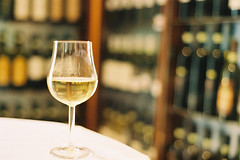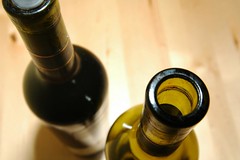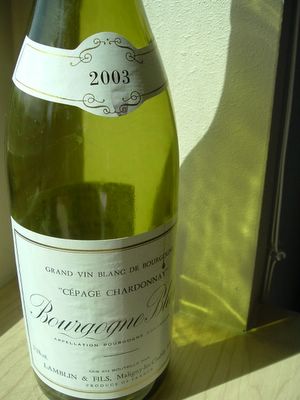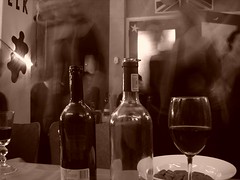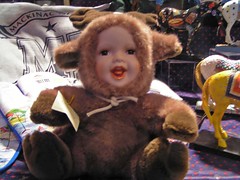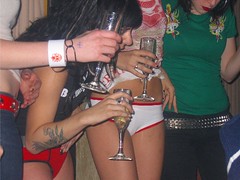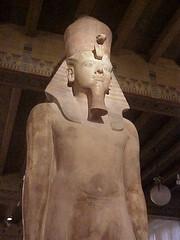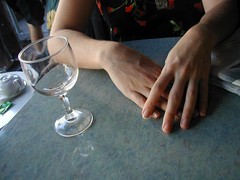Open Letter to Viognier
In 1965, only a meager twenty acres of you was planted worldwide. You existed in only one region of the world and thus were largely ignored.
Growing up in France without much attention, I can imagine that you went through some hard, jealous times. Natural sparkling water was officially recognized by Napoleon III; stinky cheeses were made quite close to your 1965 source and sent on trips around the world while you went on hardly noticed; sparkling wines splashed from glasses all over the world while your efforts were barely recorded.
But things have begun to change, Viognier. In California, there are over 300 Viognier acres planted. Huge wineries, even, are taking a substantial interest in you. Late harvest Viognier, a magnificent treat, can be found way out here in Seattle!
So I’m writing in order to encourage you not to get too hasty. Don’t spread yourself too thin, like Zinfandel of the eighties or Syrah of the nineties. Don’t let yourself become a joke in a movie like Merlot in Sideways. True, those are all great varietals, but by spending too much time w/the papparazi they had to climb out of some nasty holes. You really are in need of this lecture: you’re in Washington, even, and that you’re beginning to get an ego is being noticed.
What I’m really trying to say is that you need to stick to your guns, stick to the course that allowed you any of this attention in the first place. When you’re not overripe, you do an impressive job with orange blossom aromas, so stop letting winemakers leave you on the vine so long that you reek of bananas. Nobody likes a volatile party guest; make sure people don’t throw you into new oak. And, damn it, you’re not one dimensional, so don’t let people bottle you that way.
I know you, and I know you like specifics and that’s why I came prepared. The folks at Joseph Phelps treat you respectably with oak: from them, you’re an attractive, pale straw color with only a slightly creamy mouthfeel. Grapefruit shouts from a glass of Geyser Peak’s Viognier. Westerly Vineyard is kind and respectful with their Santa Ynez Valley Viognier. Rosenblum, both in my opinion and that of others, knows how to take you on a date – and cheaply! Mount Baker Vineyards’ Late Harvest Viognier is a kick in the pants.
The last thing I'm going to ask you not to do is to not take this too personally. Even if you go the way of Arbor Mist or some other abomination, you'll still be on my table.
Signed,











